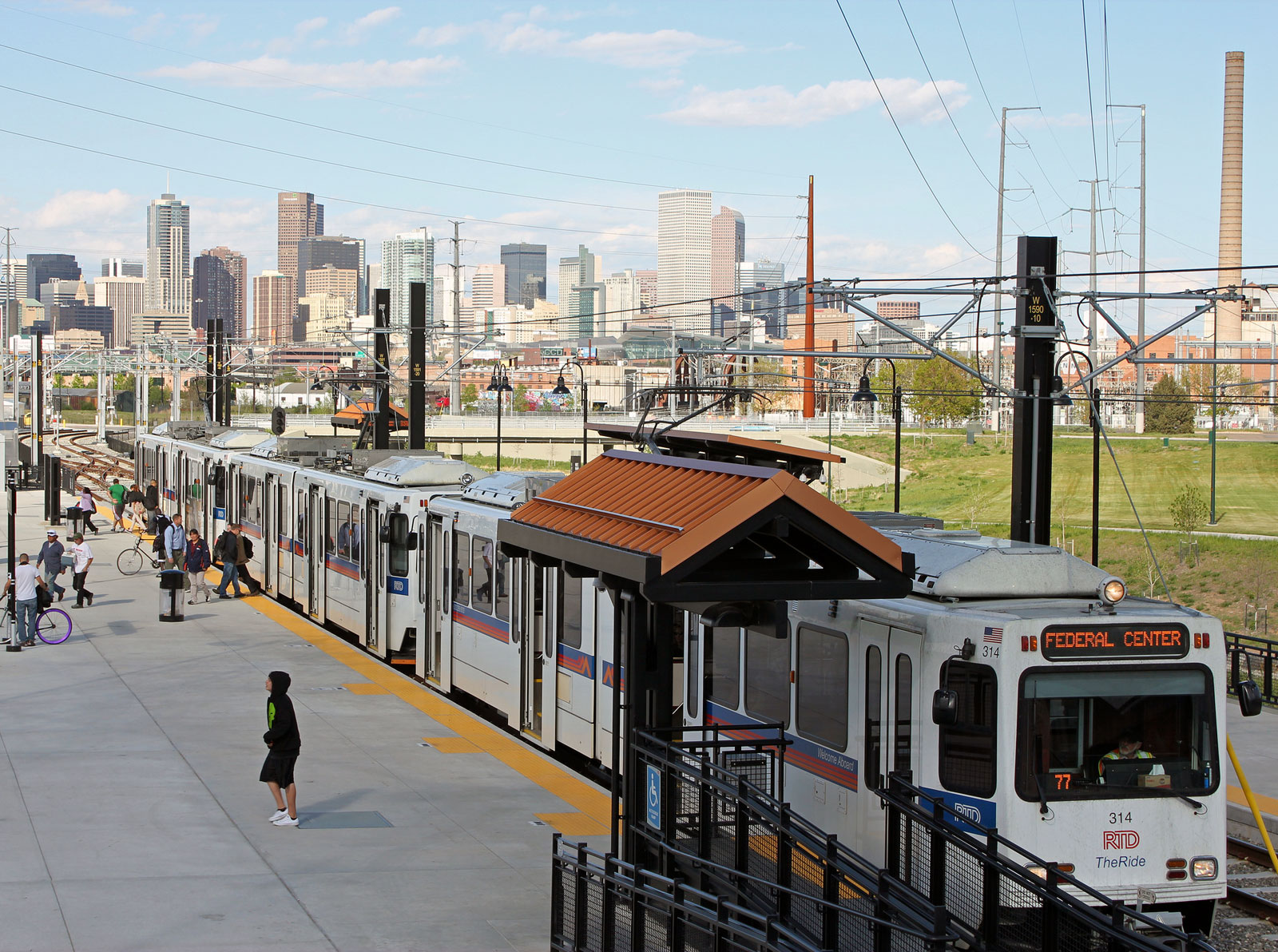The Local newsletter is your free, daily guide to life in Colorado. For locals, by locals.
After months of negotiations, the Colorado House and Senate approved the Long Appropriation Act on Thursday, which becomes the state’s budget for the 2019 fiscal year on July 1. Although legislators had anticipated a funding battle between schools and roads, a booming economy that created an extra $1.3 billion in revenue enabled significant funding for both transportation and education. The budget surplus also inspired a sizable amount of budget requests from lawmakers to fund pet projects. The House initially proposed 95 amendments to the bill and the Senate offered 84 amendments, with 20 approved in the final bill at a cost of about $24 million, says Joint Budget Committee Chair Millie Hamner (D-Dillon).
The six-member Joint Budget Committee began working on the $28.9 billion bill—and discussing common ground—before the legislative session even started. The final amount might continue to change as other related bills pass. “Every decision really has to be bipartisan, otherwise it doesn’t end up in the budget,” says Hamner. “We have different perspectives and interests that we need to represent and be true to, but we also know that we have to roll up our sleeves, park our party affiliations at the door and get some work done.”

Highlights of the 2018–19 Long Appropriation Act
Transportation Turns Contentious
Although lawmakers agreed to set aside $495 million for transportation projects, they’re still sparring over how the spend the funds. The Democratic-led House wants to designate a portion of the funding for mass transit, rural communities, and alternate forms of transportation, like rides for seniors and people with disabilities. The Republican-led Senate, however, wants to dedicate all the funds to constructing new roads. Lawmakers hope to settle the issue in a separate transportation bill.
Education Gets a Boost
K-12 education funding receives an extra $150 million in the budget bill to restore cuts that were made during the Great Recession. The funding will boost per-student spending by 6 percent, according to Chalkbeat Colorado. The bill also provides at least $114 million for higher education spending to help Colorado colleges and universities ease tuition rates and reduce student debt, Hamner says.
Retirees Get (Partially) Reimbursed
The budget sets aside $225 million to help dig the state’s Public Employees Retirement Association (PERA) out of a deep financial hole. PERA manages the retirement benefits of more than 560,000 Coloradans, including employees in state and local governments, public schools, and universities. The funds will help pay down about $32 billion in unfunded debt to retirees. The budget also gives state employees a 3 percent pay raise.
School Safety Steals the Show
One of the most notable of the 20 budget amendments approved by lawmakers is a one-time provision of $35 million for school security grants prompted by the February school shooting in Parkland, Florida. “Legislators are really troubled about whether we’re doing enough to support the safety of our kids,” says Hamner, a former school superintendent in Summit School District. The funds can be spent on building improvements, hardware, and training for school resource officers—but not for hiring.
Controversy Flares Over Corrections Reform
Increasing the capacity for Colorado’s surging prison population was an early—and contentious—budget issue, says Hamner. “We were able to reach a compromise to involve the legislature more in helping us have more confidence in our prison population projections and our potential need for expanding private prisons,” she adds. The budget sets aside $11 million for future prison capacity.
Affordable Housing, Addiction, and Access
The Long Appropriation Act further sets aside $4 million to prevent opioid addiction, allocates $1 million for affordable housing grants, and assumes $8 million will be spent to expand rural access to broadband. It also includes $750,000 for film industry incentives (read more about efforts to support a local film industry), and $6.2 million for child welfare. The bill funds smaller requests, as well, such as giving $300,000 to the Secretary of State’s Office to verify petition signatures.
Under the Radar
Some budget items have received little media attention, but still have a big impact on Coloradans. Case in point: The bill restores $2 million in funding to the beleaguered Division of Civil Rights and Colorado Civil Rights Commission, building a narrow bridge across a deep partisan rift over the commission’s makeup and processes. “We just very quietly passed an amendment to the budget,” says Hamner. “That sends a huge message to Colorado that the Civil Rights Division is important to the House and the Senate and it’s bipartisan supported.”
Overall, Hamner says she’s proud of the JBC’s work to craft bipartisan compromises to benefit Coloradans in all four corners of the state. “We are problem solvers and we like to meet our deadlines,” she says. “I think it sends a strong message to our colleagues and to all of our constituents that this is a state that can get things done.”








